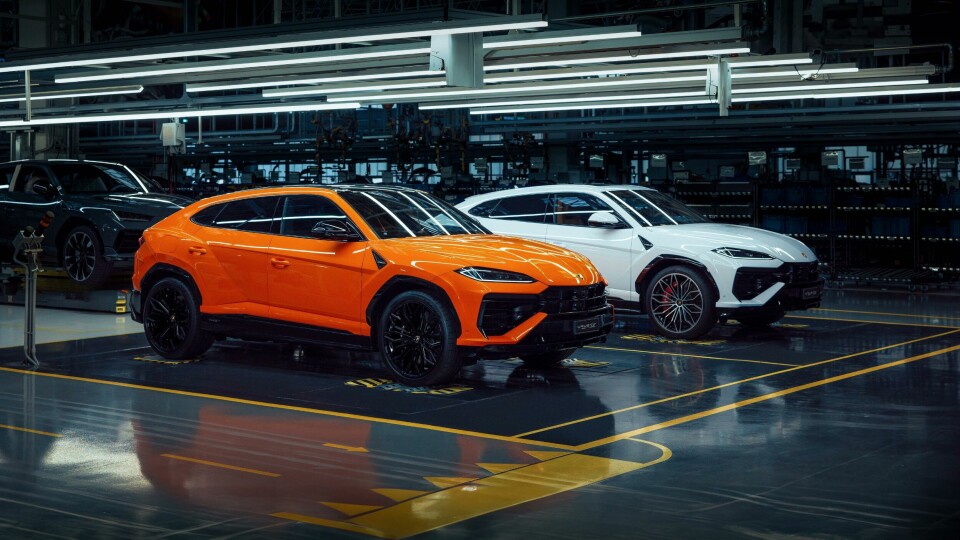
Mitja Borkert on updating Lamborghini’s most successful car: the Urus
As Lamborghini unveils its hybrid-powered Urus SE, we speak to design boss Mitja Borkert about how to develop the brand’s biggest seller – and how he got into his Sant’Agata ‘garage band’
Lamborghini has used the Beijing motor show to unveil the latest iteration of its biggest seller. The Urus has been something of a super SUV phenomenon, driving record sales as Sant’Agata cracked 10,000 annual registrations for the first time in 2023.
The Urus SE is no mere facelift, though, its more mature aesthetic indicative of hybrid power entering the model for the first time. Car Design News enjoyed a full walkaround with design boss Mitja Borkert.
Car Design News: What are the design highlights of the new Urus?
Mitja Borkert: It’s like the Urus went to the gym, not for muscles but for body sculpting. The larger front lights now use Matrix LEDs and have a new bull-tail signature. We have new 23-inch wheels. A powerdome bonnet at the front avoids traditional shut-lines and provides a familial link to the Revuelto supercar. The basic DNA of Urus is there but everything is wider, slimmer and more sophisticated. I’m a big fan of the Gallardo and the new rear mesh graphic pays homage to that, while the lower licence plate brings a much more relaxed stance over the wheels.
My ambition is that any detail you take out of context should still look like it belongs to a Lamborghini
CDN: How difficult is it updating such a successful car?
MB: The Urus has been running since 2018 and has been super successful in its market; it has a unique side profile, full of character. Perhaps it is easier designing a Countach or Sian, because you can draw all the lines from the front to the rear. Here you need to speak to the existing panels. A design update needs to be a seamless continuation and not just changing something for the sake of it.
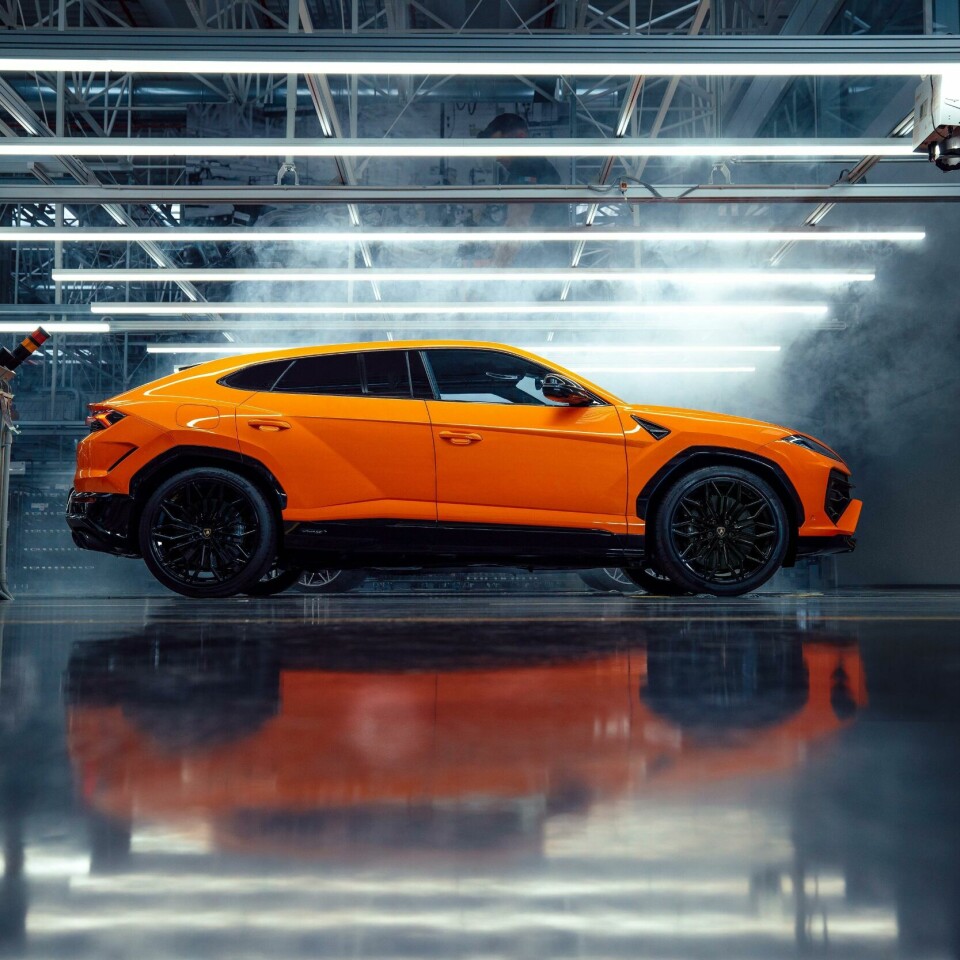
The Urus SE is more elegant but still needs to have some aggression. I wanted to have it cleaner and simpler in terms of lines. We have this design language, Iconic and Essential, where I can define the very elegant cars for our customers, like Urus SE, Lanzador and the new Countach, or I can design crazy cars for our fans that make big statements like a Veneno, Huracan STO or our Vision Gran Turismo. The Urus needs to say ‘family, city, highway’ while still looking like a Lamborghini.
CDN: How do you ensure it achieves that?
MB: My ambition is that any detail you take out of context should still look like it belongs to a Lamborghini; the Y shapes, the hexagons. I really like that Lamborghini has such a bold and easy to explain design language. Like all of our cars, the greenhouse is inclined inwards as you look at it head on. Even though the Urus is our tallest car this is still important to have. You should be able to instantly recognise any Lamborghini among a bunch of super sports cars as they gather together at Goodwood.
It is not the ego of a designer to change things for the sake of it
CDN: Can you talk to us about your involvement with the original Urus? You joined Lamborghini shortly before it was signed off…
MB: Stephan Winkelmann [Lamborghini CEO] showed me the Urus and said ‘you can help us finish this car’. It was already partially designed by Walter de Silva and Filippo Perini, but there was another year until the design freeze. I was fresh from Porsche and unknown in Lamborghini, coming from the second row of designing up to the front. I found an already great-looking car but for my design philosophy I needed to change this or that.
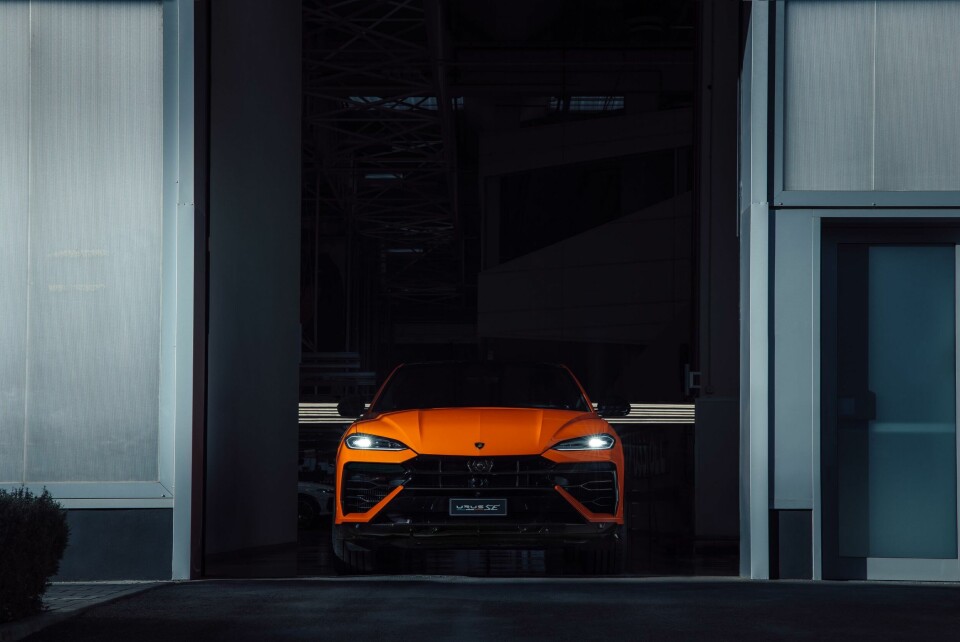
The main body panels – roof and doors – were already frozen. The number of things we’ve since changed for this Urus SE is roughly what I had scope to change then. It is not the ego of a designer to change things for the sake of it. I took my new brand very responsibly and designed the car that needed to be made.
CDN: How was the jump from Porsche to Lamborghini?
MB: I’d spent 17 years at Porsche. In 2015, Walter de Silva was the head of group design and he took me by the arm, looking very serious, and said ‘Mitja, I want you at Lamborghini’. It felt like Christmas and a lightning storm all at once.
We have models everywhere in different scales, full of colour and materials. We are a garage band. We have fun
I left Porsche having worked on the Macan, Cayenne and I finished up as design director of Mission E [the precursor to the Taycan]. I had a lot of experience but Lamborghini was like jumping into a huge swimming pool of cold water.
I was always fascinated by this brand as a young designer and could never imagine I would be responsible for its design. I got the chance to participate on a lot of diverse designs at Porsche, not only the sports cars, and I proved with their SUVs that I can handle such proportions. As an intern in the late ‘90s I saw Harm Lagaay help birth the Cayenne during the early stages of the SUV trend.
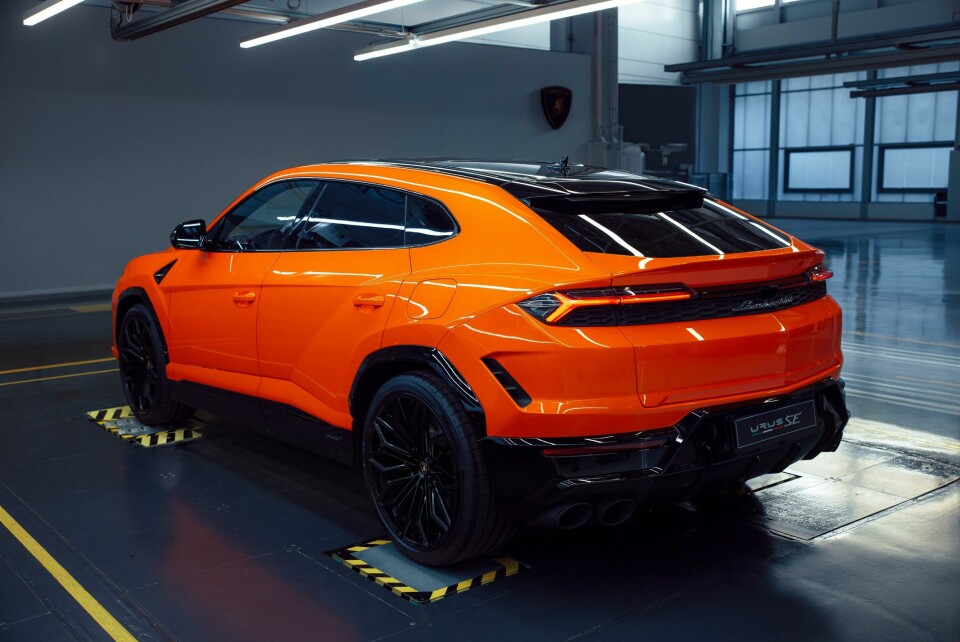
CDN: Would the Urus have looked different if it was conceived then?
MB: I think the challenge would be the same; even the result. Filippo, Walter and I were all true to the DNA of Lamborghini. The silhouette is very recognisable. The Urus took inspiration from the Lamborghini LM002 in a very liberal way so even ten years earlier, I believe it would look the same. When the Urus launched in 2017 the market had seen a lot of performance SUVs already which helped people to understand it. We are proud because it made its impact with design team that was 101 percent Lamborghini.
CDN: Do you consciously design your supercars to iterate in ever more extreme ways?
MB: I am paid to have a lot of answers already on the sketching board. When you design a new car like Revuelto it’s clear you are turning the page on a new chapter. You design a new starting point. You can see how the Gallardo, Huracan and Aventador ranges developed. It’s a playground. I am very motivated coming into my office – it’s a highly creative environment. We have models everywhere in different scales, full of colour and materials. We are a garage band. We have fun.
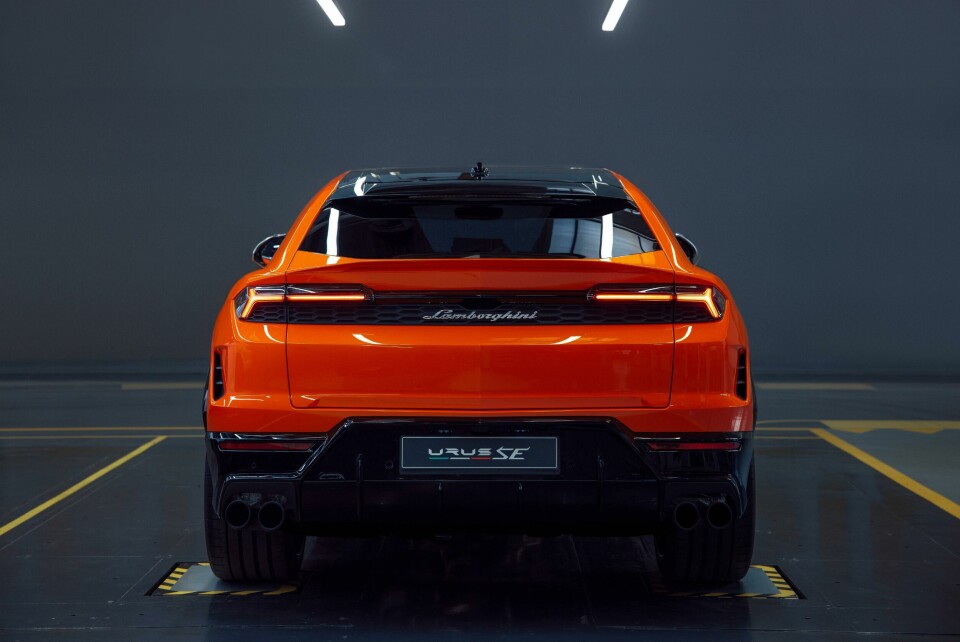
CDN: Are EV proportions allowing even more of that fun?
MB: I’ve shown my two boundaries of electrified design. The Terzo Millennio is a crazy design that proves an electrified Lamborghini can look like a devil. The Lanzador is more elegant. It has a blown diffuser in place of tailpipes and a trunk in the front; it proves you can play with the package. It is also positioned perfectly between the Urus and our super sports car world. We don’t compromise on our cars. This is our magic. Everything will always look like a Lamborghini. But beyond that, expect the unexpected!









